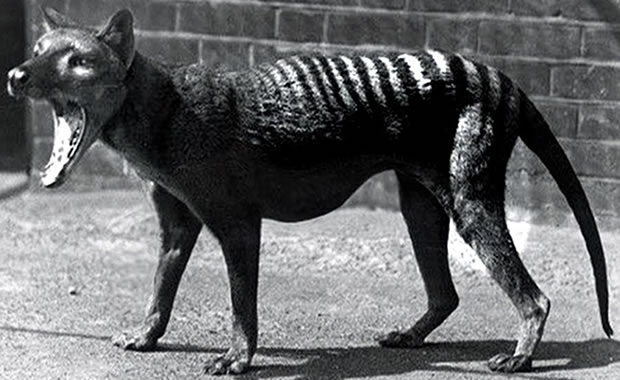
Ganges River Dolphin
|
Creature Profile
Until the 1970s, this creature was regarded as a single species. Currently, two subspecies are recognized in the genus Platanista: P. g. gangetica (Ganges river dolphin) and the P. g. minor (Indus river dolphin).
The following is a profile for the Indus River dolphin subspecies (Platanista gangetica minor):
The Indus River dolphin is one of the world's rarest mammals and is only found in the Indus river of Pakistan. It has a long, pointed snout, a stocky body, and a low triangular hump on its back. Its teeth are said to be visible even when the mouth is closed. Its skin is gray-brown in color and its underside is pinkish in color. Adults measure from five to eight feet in body length and can weigh up to 200 lb.
The Indus River dolphin prefers deep river channels for its habitat where fish and other invertebrates found near the river bed are available to feed on. Since their vision is poor, Indus River dolphins use "echolocation," a process that involves emitting sound waves that bounce off objects in the water revealing their size and distance, for finding food or detecting danger. Breeding occurs year-round and females give birth to one calf after a gestation period of 10 to 11 months.
Indus River dolphin populations declined mainly due to the construction of dams and barrages in the 1930s which fragmented their populations and reduced their habitat. Most of the downstream channels were left virtually dry and the river dolphins could only thrive in deep river channels. Threats to the remaining population include pollution, hunting (for meat, oil, and traditional medicine), and accidental capture in fishing nets.
Wikipedia Article

|
Wikipedia Article Copyright Notice: This article is licensed under the GNU Free Documentation License. It uses material from the Wikipedia article "South Asian river dolphin". |
May 10, 2017
Glenn, C. R. 2006. "Earth's Endangered Creatures - Ganges River Dolphin Facts" (Online). Accessed 4/25/2024 at http://earthsendangered.com/profile.asp?sp=127&ID=3.
Need more Ganges River Dolphin facts?




